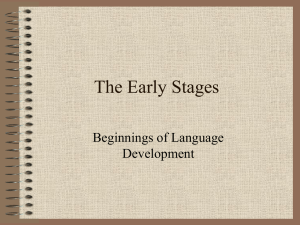Phonemic Awareness - MA in Language & Communication
advertisement
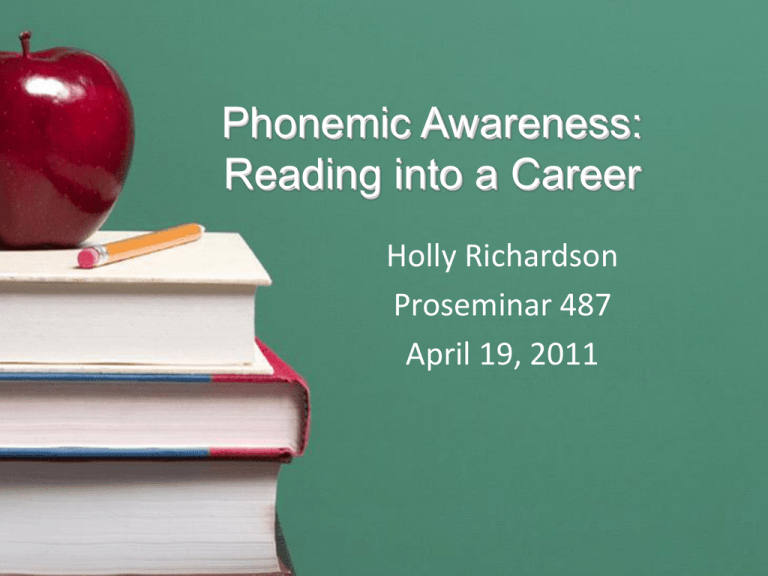
Phonemic Awareness: Reading into a Career Holly Richardson Proseminar 487 April 19, 2011 Keep She Grew Zoo Three In 2 3 The Yopp-Singer Test of Phoneme Segmentation Test Design: •Designed for English-speaking Kindergarteners • Administering the test should take no more than 5 to 10 minutes • A student’s score = number of words correctly segmented into constituent phoneme segments •Feature analysis and word familiarity = criteria for inclusion on the instrument Test Intent: • To measure “a child’s ability to separately articulate the sounds of a spoken word in order” (21). •This ability is called Phonemic Awareness. 4 (Yopp 1995) Phonemic Awareness: What Is It? •Sousa (2005: 33): “Phonemic awareness is a subdivision of phonological awareness and refers to the understanding that words are made up of individual sounds (phonemes) and that these sounds can be manipulated to create new words.” •Adams (1990) categorizes phonemic awareness into 5 levels: •Hear rhymes and alliteration •Do oddity tasks •Blend and/or split syllables •Perform phonemic segmentation •Perform phonemic manipulation tasks 5 Phonemic Awareness: What’s the Big Deal? •Sousa (2005: 45): “Research studies have shown that phonemic awareness is a stronger predictor of success with reading comprehension than intelligence during the stages of early learning.” •Stanovich (1986: 84): “[Phonemic awareness tasks] are the best predictors of the ease of early reading acquisition - better than anything else that we know of, including IQ.” •Yopp (1995: 21): “A growing number of studies indicate that phonemic awareness is not simply a strong predictor, but that it is a necessary prerequisite for success in learning to read.” •Roth, Speece, & Cooper (2002: 268): “As expected, phonological awareness skill measured in Kindergarten predicted word and pseudoword reading in first and second grades. What is more interesting is what phonological awareness does not predict: reading comprehension in first and second grades.” 6 Phonemic Awareness: It Can Be Taught! If teachers know the relative phonemic awareness levels of their students, they can tailor instruction to bolster these skills as needed. Rhyming Books Guessing Games Songs Phonics worksheets Drills 7 (Yopp 1995, Freeman & Freeman 2004, Rasinski & Padak 2001) Now Back to Me… How can I integrate my knowledge regarding the importance of phonemic awareness to reading development into a career? 8 Traditional Teacher Education Moats (1994: 82): “The findings of reading researchers, however, are likely to have little impact on practice unless practitioners can interpret and apply them. Consequently, the preparedness of teachers who must carry out linguistically informed, code-emphasis reading instruction is an increasingly important issue.” Lead program specialist “These are professional positions serving as the lead technical specialists for compliance monitoring, curriculum development, consultation and advice in Pre-K through High School education initiatives related to various Race-To-The-Top program areas to promote Maryland’s vision of school reform.” 9 Non-Profit Organizations Need Help Too Jumpstart for Young Children Reading is Fundamental 826DC Literacy Council of Montgomery County International Reading Association ZERO TO THREE Pre-K Now NAEYC 10 Don’t Forget the People with the Money! Grant-Makers PNC Grow Up Great! The McKnight Foundation The Barbara Bush Foundation for Family Literacy Foundation for Child Development Annie E. Casey Foundation 11 Final Thoughts 12 References: Adams, M. (1990). Beginning to Read: Thinking and Learning About Print. Cambridge, MA: MIT Press. Freeman, D.E. & Freeman, Y.S. (2004). Essential Linguistics: What You Need to Know to Teach Reading, Esl, Spelling, Phonics, Grammar. Portsmouth, NH: Heinemann. Moats, L.C. (1994). The Missing Foundation in Teacher Education: Knowledge of the Structure of Spoken and Written Language. The Annals of Dyslexia, 44 (1), 81-102. Rasinski, T.V. & Padak, N.D. (2001). Teaching Phonemic Awareness. In From Phonetics to Fluency: Effective teaching of decoding and reading fleuncy in the elementary school. New York: Addison Wesley Longham. Roth, F.P., Speece, D.L., & Cooper, D.H. (May-June 2002). A Longitudinal Analysis of the Connection between Oral Language and Early Reading. The Journal of Educational Research, 95 (5), 259-272. Sousa, D.A. (2005). How the brain learns to read. Thousand Oaks, CA: Corwin Press. Stanovich, K. E. (Dec. 1993 - Jan. 1994). Romance and Reality. The Reading Teacher. 47(4), 280-291. Yopp, H.K. (1995). A Test for Assessing Phonemic Awareness in Young Children. The Reading Teacher, 49 (1), 20-29. 13
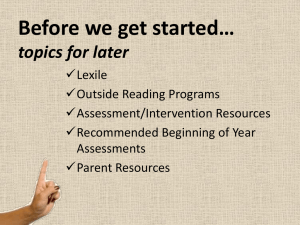
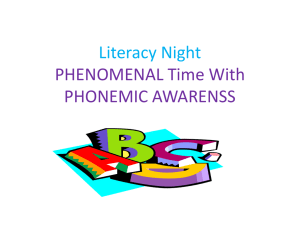

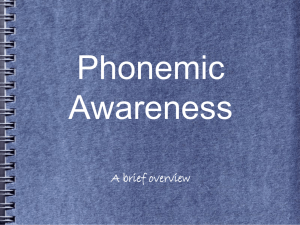
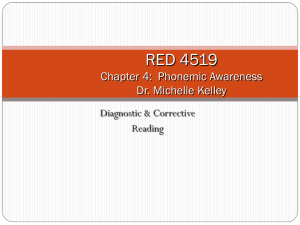

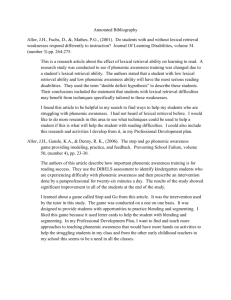
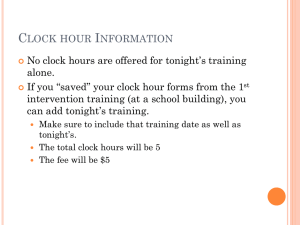
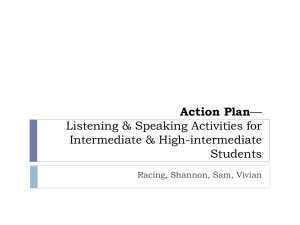
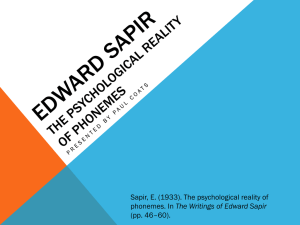
![Class 4-F14[S]](http://s2.studylib.net/store/data/005427229_1-e7cba3e8ef15cd845d7d3c4430f0fa31-300x300.png)
